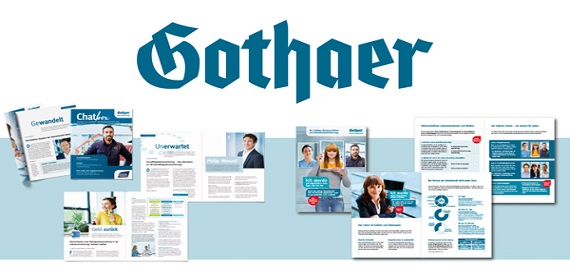CYCALC® – INFORMED UNDERWRITING STRATEGIES
Using Quantar’s cyber valuation platform provides your enterprise with client-specific and aggregated data across multiple levels for developing cyber product and service development. Having data at a micro and macro level facilitates growth strategies for the cyber segment. Understanding the total cyber portfolio within the book is critical in hedging or transferring excess exposure for long-term stability and compliance.













